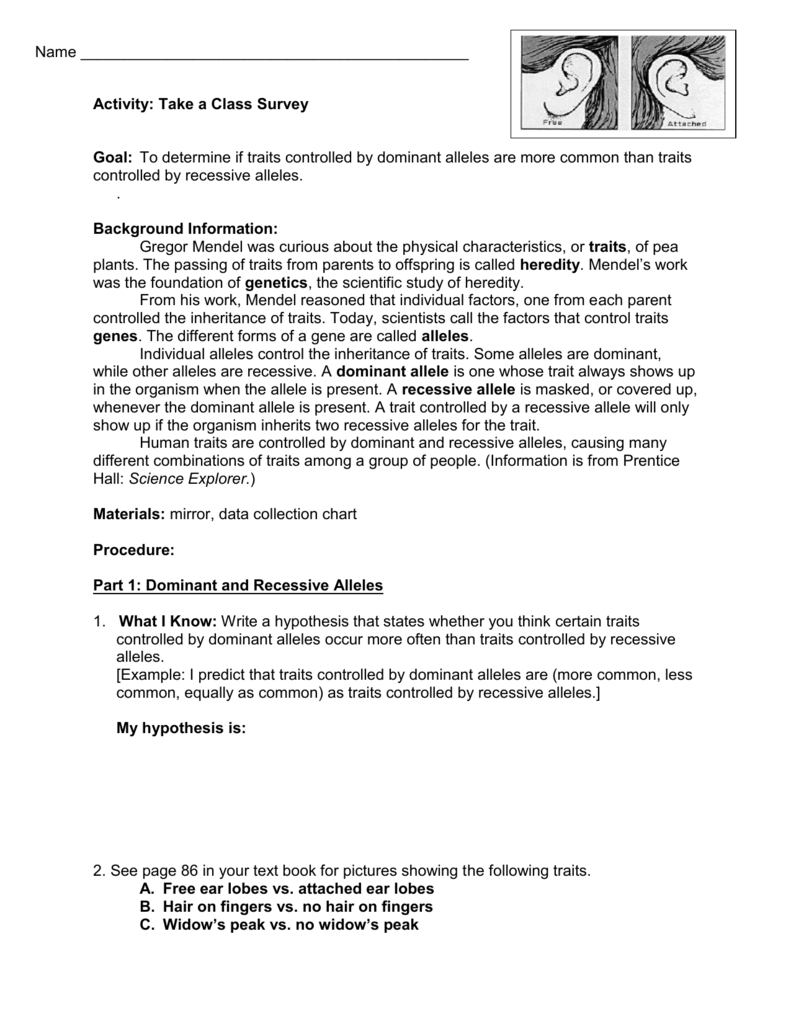

In our world, most people do not have dimples. That is the definition of dominant.Īnd of course, if both copies are d (dd), then you don't have dimples. You will have dimples if both copies are D (DD) or if only one is D (Dd). Remember, we have two copies of most of our genes, one from mom and one from dad. In genetics, the dimple version of a gene is D and the non-dimpled version is d. As you've said, dimples are dominant over not having dimples.

Let's go a bit deeper to see what I mean. And as long as there is no advantage or disadvantage to having dimples, then the relative amounts of people with dimples won't change over time in a stable population. So having dimples is rare because the dimple version of the gene is rare. It depends on how many copies of that gene version are in a population. How common a trait is has nothing to do with this. Dominant just means that it'll win out over recessive. The inheritance of this trait can be attributed to multifactorial inheritance, where traits are determined by a combination of many genes and environmental factors.Īs you've noticed, dominant does not mean common.
#Do dominant traits occur more often than recessive traits plus#
Instead, having dimples is an example of a complex trait, which is affected by many different genes plus environmental factors. We now know that the inheritance of dimples are not as predictable as described below. Editor’s note (3/15/21): At the time this article was written, dimples were described as simple traits caused by one (or two) genes.


 0 kommentar(er)
0 kommentar(er)
